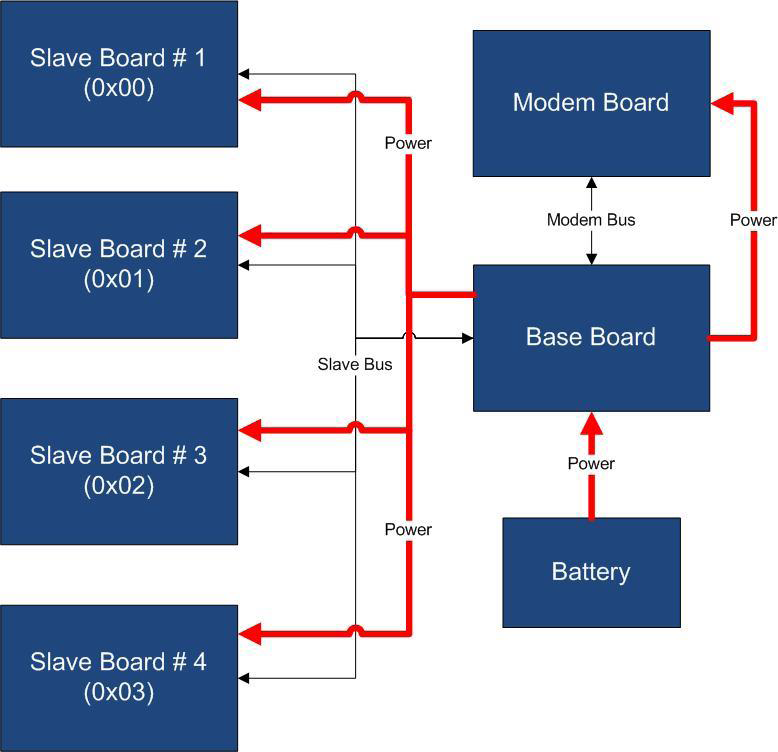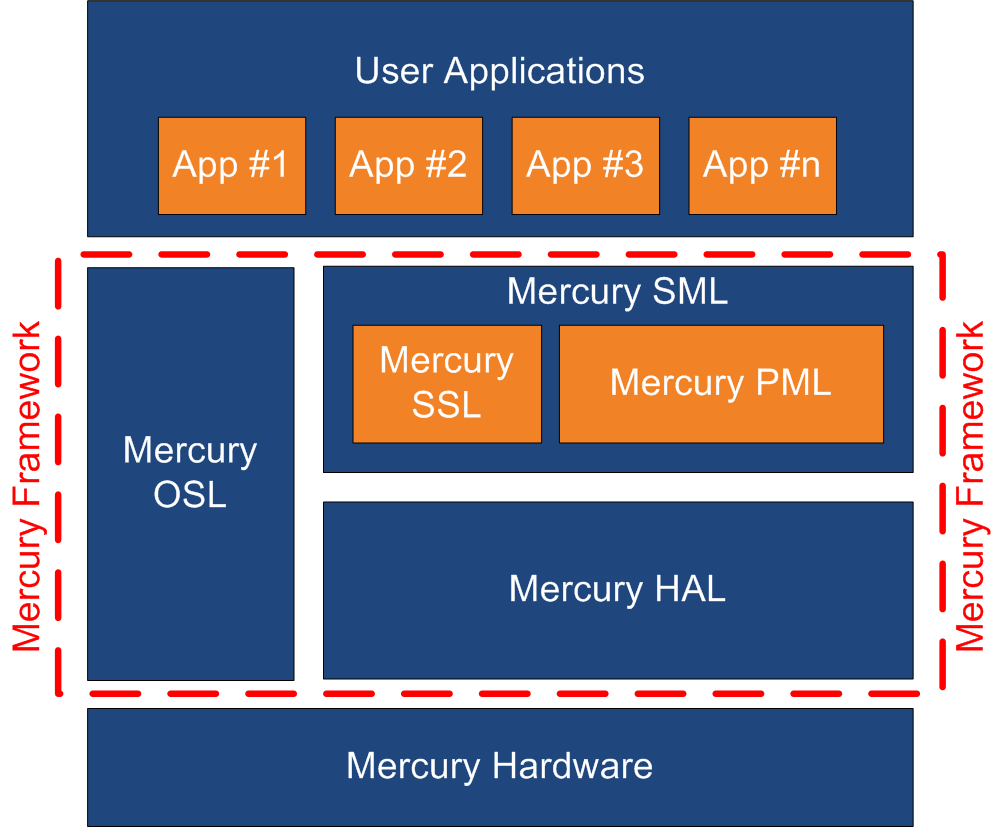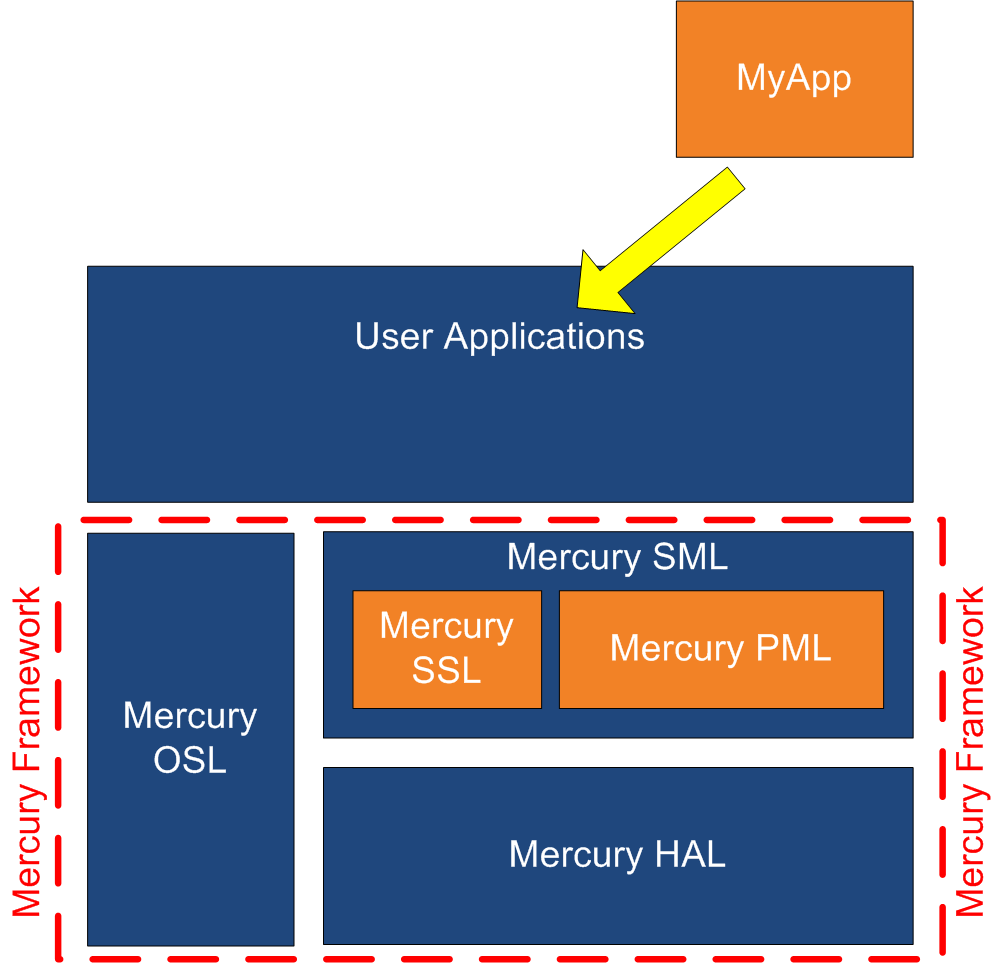|
The Mercury System foresees several Modem Board that enable communication to networks (locals or internet) and/or to control devices (Smartphones, Tablets, PCs, etc.), in order to allow the development of connected and IoT applications. The Modem Boards are interfaced directly to the Base Board with a dedicated communication channel, and may contain several different types of interfaces (e.g. WiFi, BT, Radio, etc.). The support to emerging communication technologies can be easily added by the introduction of a dedicated Modem Board, so an high level of scalability is ensured. |
|
 |
|
| The Mercury System | |
|
The Mercury System (MS in short) is a modular system for the development of connectivity and IoT applications. The system uses various type of electronic boards (logic unit, modems, slave boards equipped with sensors and actuators, power boards...) and a complete SW framework to allow the realization of complex applications. Scalability, ease of use and modularity are key factors and are allowed by the use of a heterogeneous set of components that allow to assemble the system like a construction made with LEGO© bricks. The board set which composes the system is made up by the following “families”:
Slave Boards and Modem Board are provided pre-programmed with a FW which implements a dedicated command set for a high-level management of the board, while the Base Boards are provided with a SW framework which encapsulates all the low-level services (operative system, device drivers, system services, etc.), leaving to the user the development of application level logic only. Moreover, the Base Board comes with an USB bootloader, so it can be programmed without the need of an external programmer. |
|
 |
|
| Mercury System Framework | |
|
The Mercury System Framework (MSF) is a layered SW framework specifically designed to support application development with Mercury System. It provides to the user a complete set of base functionalities to easily interface MS Slave Boards (SB) and Modem Boards (MB) as well as some infrastructural and system services. Figure 12 shows the layered Architecture of the MSF. |
|
 |
|
|
The framework is made up by the following components: HAL (Hardware Abstraction Layer): the purpose of this layer is to abstract the HW dependencies to the upper layers.
OSL (Operative System Layer): this layer is made up by a lightweight RTOS that provides basic services to the system, like scheduling tables for the various tasks, Events, SW Timers, Alarms, etc… |
|
 |
|
| Download | |
Modem Board Bluetooth for Mercury system
- Brand: Futura Group Srl
- Product Code: 7305-MB310
- Availability: In Stock
-
Price: 10.00€

















